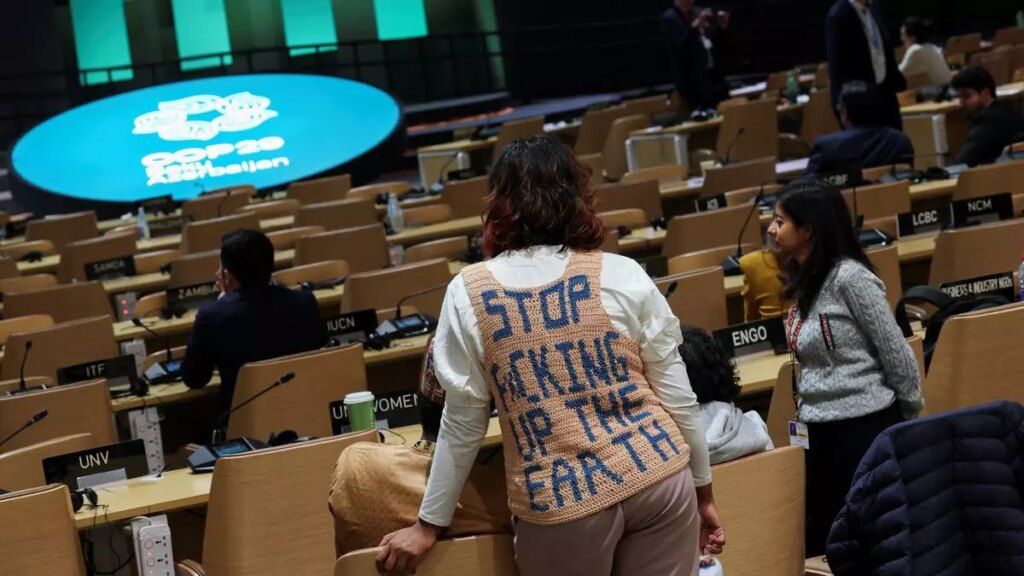India rightly calls out COP29 ‘agreement’ as a sham

The recently concluded climate ministerial at Baku, Azerbaijan, was a disappointment even by the standards of earlier climate talks. What stood out at Baku was not just the tardy deal on climate finance (with the developed countries putting nothing on the table), but also the manner in which it was ‘gavelled’ without any consensus. India rightly called out the final declaration as an “optical illusion” — a goal of $300 billion in annual transfers to the developing world, against $100 billion today (a target laid down in 2009 but almost never met) is all but farcical.
It is peanuts compared to the UNEP’s own estimate of a minimum annual requirement of $1.3 trillion in transfers till 2030; what’s worse, the declaration is not clear about whether these transfers will be in the form of grants, concessional loans or commercial debt and equity. It merely says, “Triple finance to developing countries, from the previous goal of $100 billion annually, to $300 billion annually by 2035”, but spells out $1.3 billion as a goal to be met from “public and private sources”. Amidst applause from a number of poor and developing countries, India laid bare these obfuscations. What also makes these ambitions unconvincing is the absence of step goals to achieve them. India has expressed its dismay over the fact that the focus of COP has ‘shifted from New Collective Quantitative Goals to mitigation’.
In simpler terms, this means that a holistic approach to climate finance that takes a range of needs into account, including concessional finance to deal with the ravages of climate change (‘adaptation’ in climate parlance), has been replaced by a commercial one that prioritises transition technologies (‘mitigation’ of emissions over time). India has said that of the $1.3 billion needed, $600 billion should be given as grants. The ministerial failed to shed light on what India spelt out as pre-requisites: clarity on the structure of finance with scope for review.
The other touted success with respect to setting up systems for bilateral carbon credits trading (Article 6.2 of the Paris Agreement) is also shrouded in mystery. While norms on multilateral trading (Article 6.4) are believed to have been fine-tuned, more work on these areas is expected to pick up over time. Meanwhile, it is by now well known that carbon credits generated by poor communities in the developing world are under-priced, enabling richer country producers to ‘greenwash’ their pollution. India, which is working on its internal carbon trading system, must take the global lead in developing robust carbon credit frameworks. Finally, climate justice seems elusive as ever. The developed world refuses to accept that it is primarily responsible for the stock of greenhouse gases in the atmosphere, and therefore needs to pay reparations for pollution and colonisation, as it were. It is also worth considering whether emissions emanating in one country should be attributed to another. These are tasks for ministerials to come.








